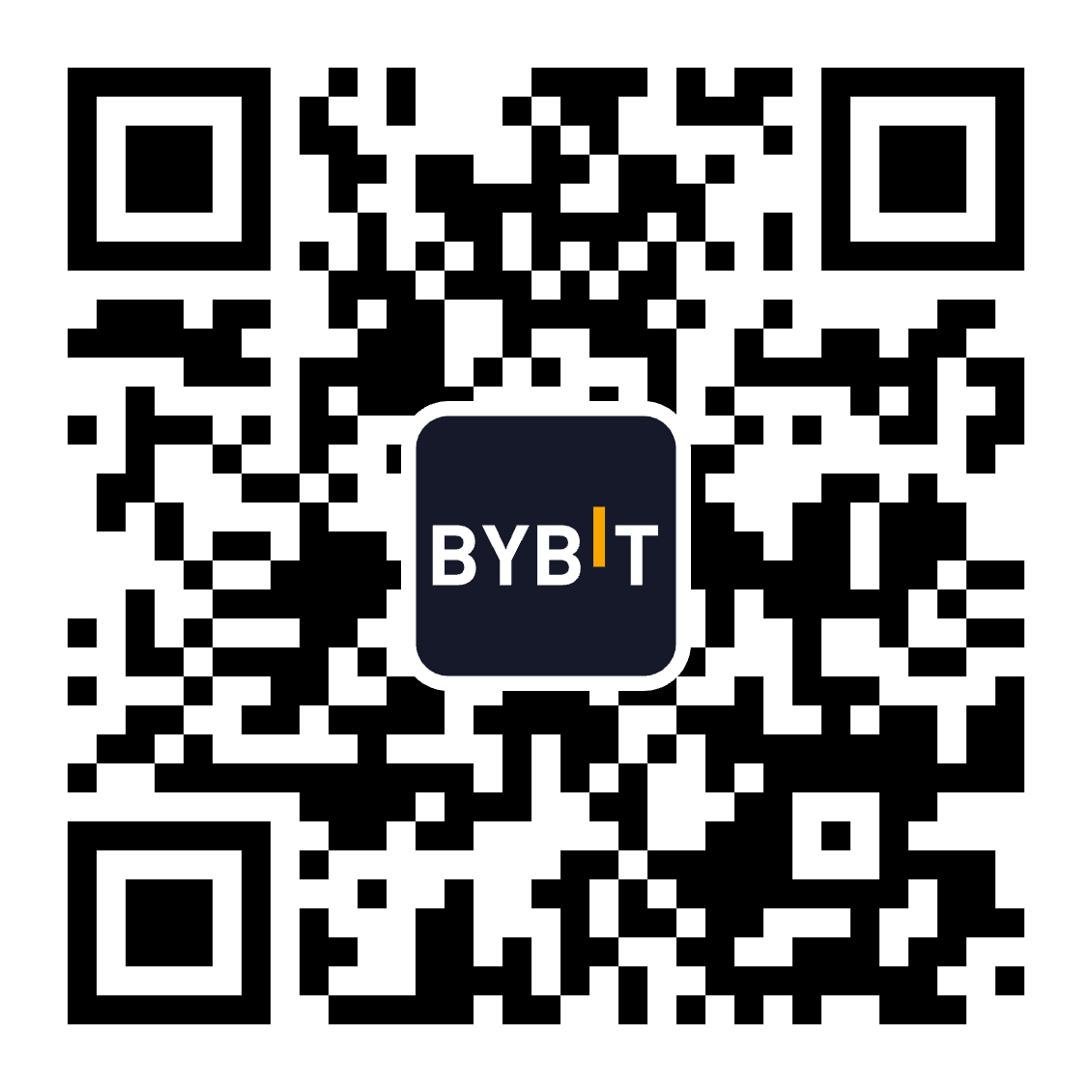Quantoz Payments: Introducing MiCA-compliant stablecoins USDQ, EURQ and EURD
Show More
Quickly grasp the article's content and gauge market sentiment in just 30 seconds!
Stablecoins have received widespread recognition and use in the crypto world, thanks to their ability to provide stability and certainty in an otherwise volatile trading environment. Assets like USDT and USDC have become the go-to tools for fiat-to-crypto and crypto-to-fiat transactions. However, for about a decade, stablecoin cryptocurrencies operated without defined regulation and oversight in the European market — which, incidentally, has always been characterized by high levels of regulatory control.
The first crypto-focused regulatory steps in the European Union (EU) were taken in 2023 when the European Parliament adopted the Markets in Crypto-Assets (MiCA) regulation. MiCA aims to provide guidance on the adoption of blockchain-based assets in the EU, and also deals with the specific topic of stablecoins. The regulation came into effect in December 2024.
Under MiCA, stablecoins and similar assets are largely defined under two categories — electronic money tokens (EMTs) and asset-referenced tokens (ARTs). One of the first companies to leverage MiCA to offer regulated stablecoin assets in the European market is the Netherlands-based Quantoz Payments, a provider of regulated, fiat-backed EMT assets — USDQ, EURQ and EURD. Backed by the euro or the US dollar, these stablecoins can facilitate payments, merchant adoption and decentralized finance (DeFi) use cases in a compliant fashion within the EU and the European Economic Area (EEA) countries, which are the jurisdictions covered by MiCA.
Key Takeaways:
Quantoz Payments is a fintech company that offers three EMT assets compliant with the EU's MiCA regulation — USDQ, EURQ and EURD.
These electronic money tokens (EMTs) are stablecoins pegged to the US dollar (for USDQ) or euro (for EURQ and EURD). The tokens are backed by the reserves of the respective fiat currency maintained independently by Stichting Quantoz, a bankruptcy-remote foundation.
What is Quantoz Payments?
Quantoz Payments is a Netherlands-based fintech company that issues and supports the use of fiat-backed stablecoins, known as EMTs, under the MiCA regulation. MiCA — which was adopted by the European Parliament in May 2023 and came into effect in December 2024 — defines the regulation of blockchain-based assets and technology in the European Economic Area (EEA). Quantoz Payments is a subsidiary of Quantoz N.V., a software development company based in Utrecht, the Netherlands. Established in 2015, Quantoz N.V. identified the potential for regulated stablecoins in the European market well before the introduction of MiCA, and launched Quantoz Payments in 2021.
Quantoz Payments received an Electronic Money Institution (EMI) license from De Nederlandsche Bank (DNB), the Dutch central bank, which allows the company to offer services in the area of digital assets payment and management. The company specializes in offering stablecoins backed by established fiat currencies — the euro and the US dollar.
Quantoz Payments maintains fiat reserves for its stablecoins via an independently managed entity, Stichting Quantoz. The independent nature of Stichting Quantoz ensures that the fiat reserves of the company’s stablecoins are adequately protected, and satisfy the necessary regulatory requirements.
Stablecoins offered by Quantoz Payments fall under MiCA’s definition of EMTs. In the section below, we’ll cover the precise differences between the two stablecoin types defined by MiCA, and why the assets offered by the company are classified as EMTs.
Quantoz Payments is one of the first and major providers of regulated EMTs within the EEA, which includes the EU’s 27 member states plus Iceland, Liechtenstein and Norway.
The Quantoz Payments project is funded by a group of investors that includes the London-based VC firm Fabric Ventures LLP, one of the leading centralized exchange (CEX) platforms; Kraken; and Tether, the company behind USDT, the world’s most widely used stablecoin. As of early 2025, Quantoz Payments offers two euro-backed EMTs (EURQ and EURD) and one US dollar–backed EMT (USDQ).
Stablecoins, electronic money tokens (EMTs) and asset-referenced tokens (ARTs)
Stablecoins
Stablecoins — crypto assets pegged to a major, established digital or fiat asset — have been part of the crypto trading scene for more than a decade. Many stablecoins are pegged to the US dollar, either by maintaining sufficient reserves of the greenback or by using some algorithmic mechanism that should, at least in theory, ensure their tight peg to the USD. For instance, the world’s top two stablecoins by trading volume, USDT and USDC, are both pegged to the dollar by holding fully backed reserves of it. Other stablecoins might maintain a peg to the euro, British pound sterling or some other popular fiat currency. You may also find stablecoins pegged to popular precious metals, such as gold or silver.
However, when the MiCA regulation was adopted in 2023, the specific term "stablecoin" wasn't featured in it to refer to a regulated asset. Instead, MiCA defines two types of assets usually referred to as stablecoins: EMTs and ARTs.
EMTs, ARTs and ‘other crypto assets’
Under MiCA, an electronic money token (EMT) is a crypto asset that’s pegged to a single fiat currency. In contrast, an asset-referenced token (ART) is an asset that maintains a peg to multiple currencies. As such, the term stablecoin has no legal meaning under the EU’s primary crypto regulation; it’s now all about EMTs and ARTs.
MiCA also specifies a third category of crypto assets besides EMTs and ARTs: "other crypto assets." This category is essentially a catch-all for cryptocurrencies that don't track the price of a single asset or multiple assets — i.e., any non-stablecoin crypto.
All three cryptocurrencies offered by Quantoz Payments — EURQ, USDQ and EURD — fall under the definition of EMT. Notably, the stablecoins offered by Quantoz Payments qualify for EMT status since the company is registered in the EU as an authorized EMI. This means that the coins are recognized within the EEA as compliant assets. The recognition creates opportunities for using USDQ, EURQ and EURD in payment solutions, DeFi applications and other use cases within the EEA. As such, these assets can be used by traditional finance and retail entities in the region for their crypto-based operations.
In contrast, stablecoin assets provided by issuers who haven’t obtained an EU-based EMI license don’t typically enjoy the same status. In other words, while these assets might technically fall under the definition of an EMT or ART, they aren’t recognized in the EEA as fully compliant. This is the case, for example, with Tether’s USDT. Technically speaking, USDT satisfies the characteristics of an EMT. However, since Tether hasn’t obtained an EMI license anywhere in the EEA area, its USDT stablecoin isn’t recognized as an EMT under MiCA.
Quantoz Payments coins
USDQ
USDQ is a Quantoz-issued EMT backed by US dollar reserves. It maintains a tight 1:1 peg to the dollar. Quantoz holds 102% US dollar reserves for USDQ in order to comply with regulatory requirements and ensure rate stability. An ERC-20 token, USDQ was issued on Ethereum (ETH) in November 2024, just a month before the MiCA regulation fully became effective throughout the EEA.
USDQ has numerous use cases, including the following:
Trading and hedging against volatility. Crypto traders can use the token on exchanges to ensure the stability of their holdings, similar to the way that USDT and USDC are used.
Business payments. Companies can use USDQ for efficient, low-cost payments without relying on traditional banking channels. Businesses conducting international payments within the EEA and beyond stand to benefit particularly from the flexibility and efficiency of USDQ payments, as traditional SWIFT-based transactions used in international transfers are notorious for their high fees and slow processing times.
DeFi solutions. USDQ can be used in DeFi protocols, ensuring that crypto operations and yields obtained from them are MiCA-compliant.
USDQ is listed on a limited number of exchanges. It’s available on Bybit’s Spot market, via the USDQ/USDT and BTC/USDQ swap pairs, for Bybit users in the Netherlands. For these users, USDQ is a great alternative to USDT since it allows them to conduct stablecoin-based crypto operations that are fully compliant with European laws.
EURQ
EURQ is a euro-backed EMT offered by Quantoz Payments. It was launched on the Ethereum blockchain alongside USDQ. The token’s use cases and operational mechanism are nearly identical to those of USDQ. The only exception is that EURQ is pegged to and backed by the euro fiat currency, instead of the US dollar.
EURD
EURD is another euro-backed EMT issued by Quantoz Payments. It was actually the first stablecoin asset launched by the company, back in October 2023. While EURQ and USDQ are Ethereum-based tokens, EURD is issued on the Algorand (ALGO) blockchain.
To obtain EURD, users need to send a fiat deposit to the Quantoz Foundation’s bank account. The foundation then notifies Quantoz Payments, and the company issues the requisite amount of EURD and sends it to the user's crypto wallet. Companies can create these wallets via the Quantoz Payments app, available on the Google Play Store and Apple Store.
Closing thoughts
The EU's MiCA compliance and regulatory oversight rules have drastically changed European digital asset markets, including the niche of stablecoins. Sensing the opportunity, Quantoz Payments quickly identified the potential of compliant EMTs in Europe. In the space of slightly more than a year, between late 2023 and late 2024, the company launched all three of its EMT assets — USDQ, EURQ and EURD. Organizations in the region can now use these tokens to conduct their crypto-based transactions in a compliant way while also ensuring the financial stability of their funds and transfers.
#LearnWithBybit
Grab Up to 5,000 USDT in Rewards
Get additional 50 USDT welcome gift instantly when you sign up today.




